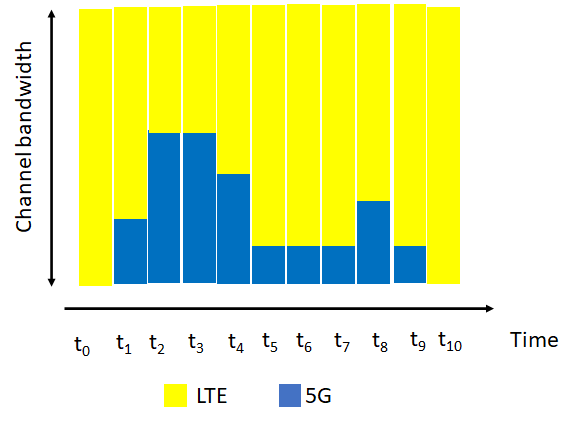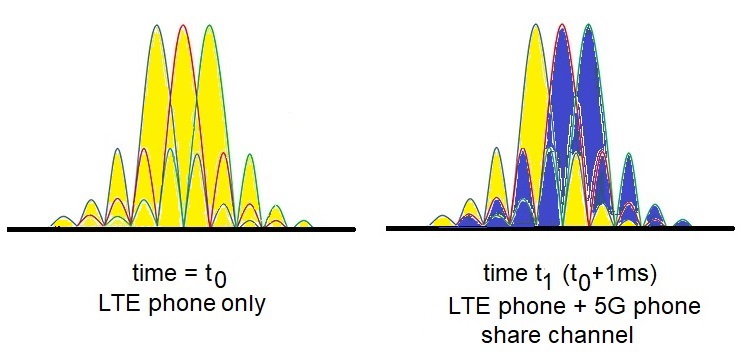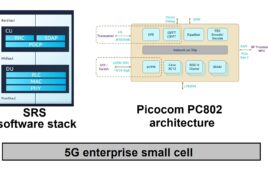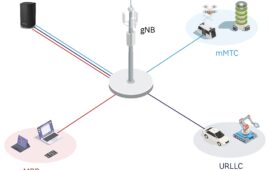Spectrum sharing of LTE and 5G equipment conserves bandwidth and eases the path to 5G.
Demand for wireless services continuously increases. With 5G still under construction, it’s not ready to relieve LTE networks of the burden. Thus, engineers keep developing clever ways to get more from available spectrum, especially in the crowded FR1 (below 6 GHz) range. Even where 5G FR2 (mmWave) spectrum is available, 5G mobile devices still need to use FR1 frequencies. Indeed, 5G devices must respect the fact that LTE phones will never use FR2. 5G must forge ahead, it can’t fall back to LTE.
Wireless equipment manufacturer Ericsson has developed a method of sharing that lets 5G and LTE devices use the same low-band and mid-band frequencies through a time-division duplex (TDD) technique. Ericsson’s Sibel Tombaz explained to 5GTW why the need for spectrum sparing and how it works.
“LTE bands in some areas are at 80% of capacity,” said Tombaz. We can’t take any bands from LTE. Doing so would create a huge and immediate problem. So, we invested a new technique called Ericsson spectrum sharing where we dynamically allocate the spectrum between LTE and 5G based on user demand on a 1 millisecond basis.”
Figure 1 shows for each millisecond, a cell looks to see if a 5G phone in its range requests bandwidth. If so, the cell grants some of the FR1 spectrum to the 5G device. If mmWave service is available, the cell switches the device to FR2 or activates carrier aggregation between FR1 and FR2 is activated. If mmWave service isn’t available, the 5G devices allocates the channel spectrum to the 5G device. The cycle repeats each millisecond.

At t1 and t10, the entire channel supports LTE. At other times, 5G signals share the spectrum with LTE.
According to Tombaz, the LTE control channel must be compliant with LTE equipment because can’t handle any changes in signaling. The devices simply don’t have the flexibility of 5G devices. LTE signals need to comply to standards and every LTE device on the market. “5G equipment must be flexible enough to adapt to and respect the LTE signal. That information needs to be added to all 5G devices.”
A cell must continuously send LTE signal. “OFDM separates the bands,” said Tombaz, “but we still need to be sure that the right amount of spectrum is allocated to LTE and 5G in a given 1-ms block. This instant coordination is handled by the 5G equipment at the network side.”
Figure 2 shows How the OFDM frequency allocation might change allocation from one millisecond to the next. On the left, the LTE device has the entire spectrum (yellow) but relinquishes some spectrum to the 5G device in the next millisecond (blue).

Figure 2. At t0, LTE uses the entire channel’s OFDM subcarriers for that millisecond. At t1, some subcarriers are allotted to 5G.
The video in Figure 3 shows an animation of spectrum sharing. Green represents 5G while orange represents LTE.





Tell Us What You Think!